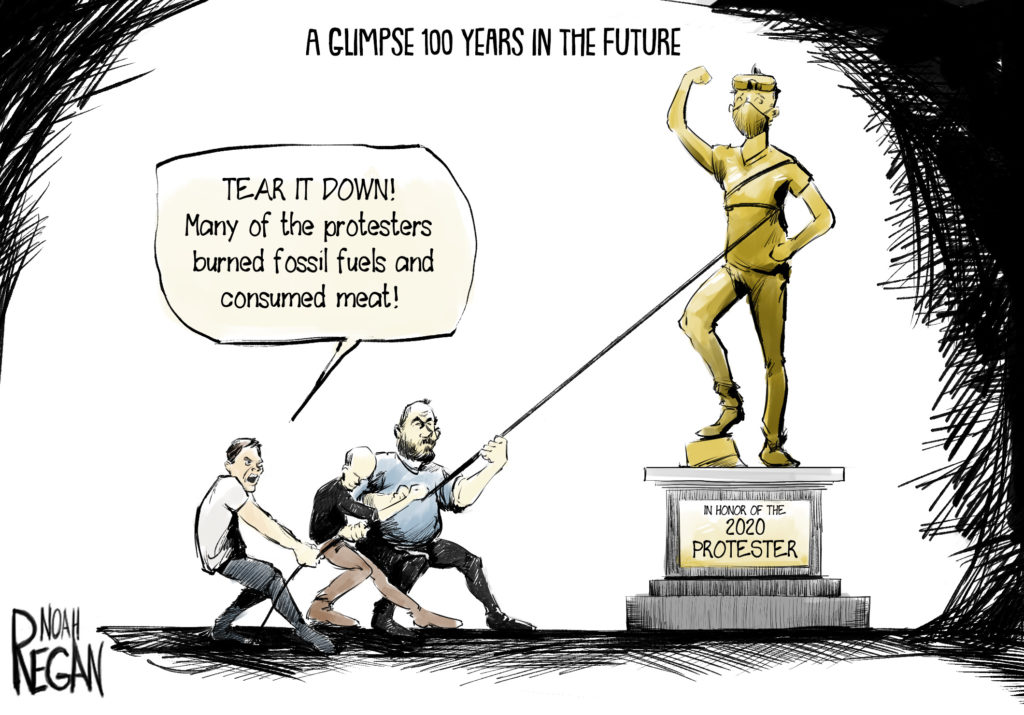An easy but critical first step for a new NCUA board for insight into the agency would be to change the current auditor, KPMG, of its three credit union financed funds. This is normal good business practice as NCUA documents in its examination recommendations cited below.
It would bring a fresh set of eyes and objective rigor to a series of events such as the ambiguities in managing the corporate AME assets and the inexplicable annual accounting for loss reserves in the NCUSIF.
It would also bring much needed review for how the Inspector General’s office performs both its internal and external audit oversight.
Finally, it would replace a firm whose professional integrity and competence have been publicly and repeatedly called to account in the past three years by both regulators and the financial press.
KPMG’s Recent Press Reports
For several years the business press has reported on the professional and ethical failures at KPMG. The following are a few of the public stories about events from 2016 through this year.
1. The KPMG cheating scandal was much more widespread than originally thought
Jun 18, 2019 — A $50 million fine against KPMG LLP for its use of stolen regulatory information to cheat on audit inspections wasn’t a surprise: The Wall Street Journal warned last week that the Securities and Exchange Commission was ready to impose such a move, and the scandal had been known about for more than a year.
2. KPMG reveals eight audit clients collapsed
Updated Feb 18, 2020
KPMG has revealed it failed to flag problems with the financial statements of two of the eight collapsed listed companies it audited over the last 10 years.
3. Accounting Watchdog Finds Ongoing Problems at KPMG
The Public Company Accounting Oversight Board (PCAOB) said half of the 52 audits it inspected from top accounting firm KPMG were seriously deficient and KPMG was not as committed to quality as the accountancy claimed.
“In 26 audits, certain of these deficiencies were of such significance that it appeared to the inspection team that the firm, at the time it issued its audit report, had not obtained sufficient appropriate audit evidence to support its opinion,” the PCAOB said in its report.
The accounting watchdog also released a revised inspection report for 2016 that found deficiencies in 22 of 51 engagements.
Some of the most common deficiencies occurred in the area of revenue and included failures to sufficiently test the design or effectiveness of controls.
https://www.cfo.com/auditing/2019/01/accounting-watchdog-finds-ongoing-problems-at-kpmg/
4. SEC Charges Three Former KPMG Audit Partners for Exam Sharing Misconduct
Washington D.C., May 18, 2020
The Securities and Exchange Commission today announced settled charges against three former KPMG LLP audit partners for improperly sharing answers to internal training exams and for subsequent wrongdoing during an investigation of exam sharing misconduct at the firm. The SEC previously charged KPMG with violations concerning the exam sharing misconduct, as well as for altering past audit work after receiving stolen information about inspections that would be conducted by the PCAOB.
An NCUA Examination Comment On External Auditing
Following is an excerpt of standard wording NCUA provided one credit union’s supervisory committee about managing their external audit process: (emphasis added)
Examiner’s Observation: As standard exam procedure, we conducted a meeting with the supervisory committee chair during this year’s examination. We inquired about the process of soliciting bids from audit firms prior to the end of the engagement period, to select the audit firm for the next engagement period. Our discussions with the supervisory committee and review of policies and procedures noted that there is no documented bidding process and that the audit committee has not solicited bids since 2010.
It also appears that the audit committee had no defined timeline as to when they would solicit bids in the future. While specific limits are not required, recent accounting and auditing scandals highlight the importance of rotating audit firms periodically. Otherwise, auditors and clients could loose independence and overlook areas of concern.
Prudent and standard business practices recommend the development of written processes and procedures, outlining the steps the supervisory committee needs to follow when engaging an audit firm to complete the annual audit. The supervisory committee needs to follow the guidelines when soliciting and reviewing bids from audit firms.
We recommend the supervisory committee develop, approve, and implement written procedures for reviewing proposals for the annual audit. Furthermore, the audit committee must understand and implement the procedures as intended, as this is among the most important functions of the committee. It is imperative the supervisory committee maintain documentation to support their review and selection of the audit firm. Furthermore, we recommend that management and the board consider periodically rotating audit firms. It is important to note we are not taking exception to or criticizing the quality of the annual audit report or the audit firm.
An Example of a Board Policy Statement of a Co-op’s Audit Process
Effective audit controls include review as to whether internal and external audits are effective.
-
- The Board of Directors and Executive Management of XYZ expect to be apprised of the condition of the organization, including the system of internal controls.
- On an annual basis the Board of Directors is asked to approve the Risk Based Audit Plan. The Audit Plan describes the internal and external audits designed to prove the adequacy and effectiveness of internal controls and policy, as directed by the Board of Directors and Executive Management of XYZ.
Board Action Required
This brief policy statement should be the starting point for a new NCUA Board to better monitor and understand the effectiveness of the Agency’s management. It is what the agency expects of credit unions. Should it not hold itself to the same standard?



